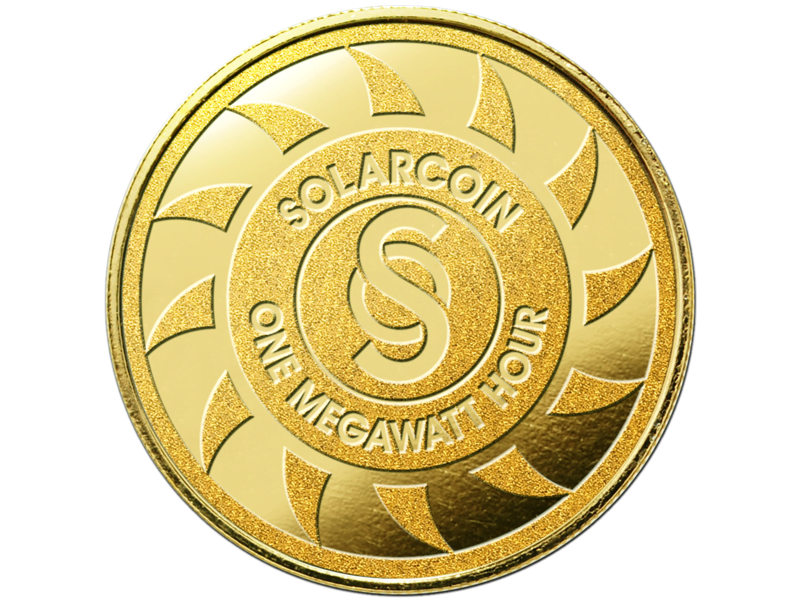After Bitcoin showed the world what blockchain technology could do, many projects began thinking about how to incorporate blockchains into every part of our lives. One such project is SolarCoin, a cryptocurrency focused on the solar power industry and offsetting the large costs associated with the installation of such systems.
What is SolarCoin?
SolarCoin (SLR) is a cryptocurrency designed to incentivize decentralized solar power generation by rewarding solar electricity generators per megawatt hour. Launched in early 2014, SolarCoin has similar code to Bitcoin, but implements two ways of minting SolarCoin and distributing it within its ecosystem.
The first is the familiar Proof-of-Staking consensus algorithm that has become increasingly popular among energy-conscious communities. It was originally a Proof-of-Work model, but since the entire project is centered around energy efficiency, the choice to switch over to a less resource-intensive consensus mechanism was obvious. There isn’t much to it: SLR owners stake their SLR to secure the network and are rewarded with a certain percentage of newly minted coins for their staking efforts.
The more interesting consensus algo is something called “Proof-of-Generation.” Proof-of-Generation requires that community members register their solar power systems with the SolarCoin Foundation by supplying the foundation with the relevant documents to prove activity and ownership of a given solar power system. Every six months, the SolarCoin Foundation pays out registered network participants directly to their SolarCoin wallets. It is even granting retroactive claims to January 1, 2010.
Between these two consensus mechanisms, SolarCoin has a 2% annual inflation rate, and the supply awarded to Proof-of-Generation users on the network is projected to run out after about forty years.
SolarCoin also has plans to put a copy of its blockchain on Cloud Constellation Corporation’s SpaceBelt in order to provide its users with even greater data security and integrity.
Why SolarCoin?
The motivations behind SolarCoin are found in its whitepaper, and the argument is compelling. While it is becoming cheaper and cheaper to produce and use solar energy, the cost of transitioning from fossil fuels is still very real. While 1 SLR per MWh may not seem like a whole lot (SLR was trading around $0.27 at the time of writing), every little bit helps.
The SolarCoin Foundation also seems rather optimistic about the adoption of solar power, having only set a forty year window for users to claim SLR for generating electricity. The assumption is that the cost of transitioning to renewable energy from fossil fuels will either be negligible or unnecessary (since electricity generation would have largely transitioned to renewables).
While it’s an older project and something that has not seen a large amount of adoption, SolarCoin is definitely something worth checking out. It attempts to tackle a real-world problem through economic incentives, which is something that always piques my interest.

